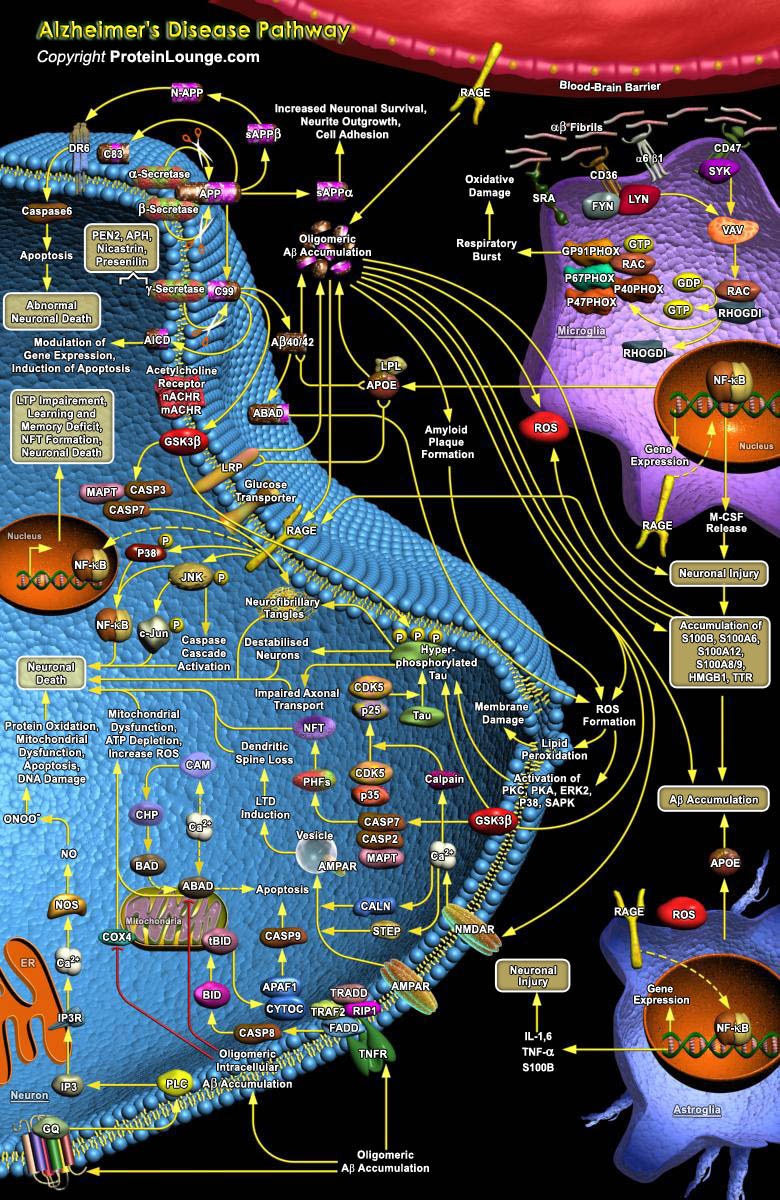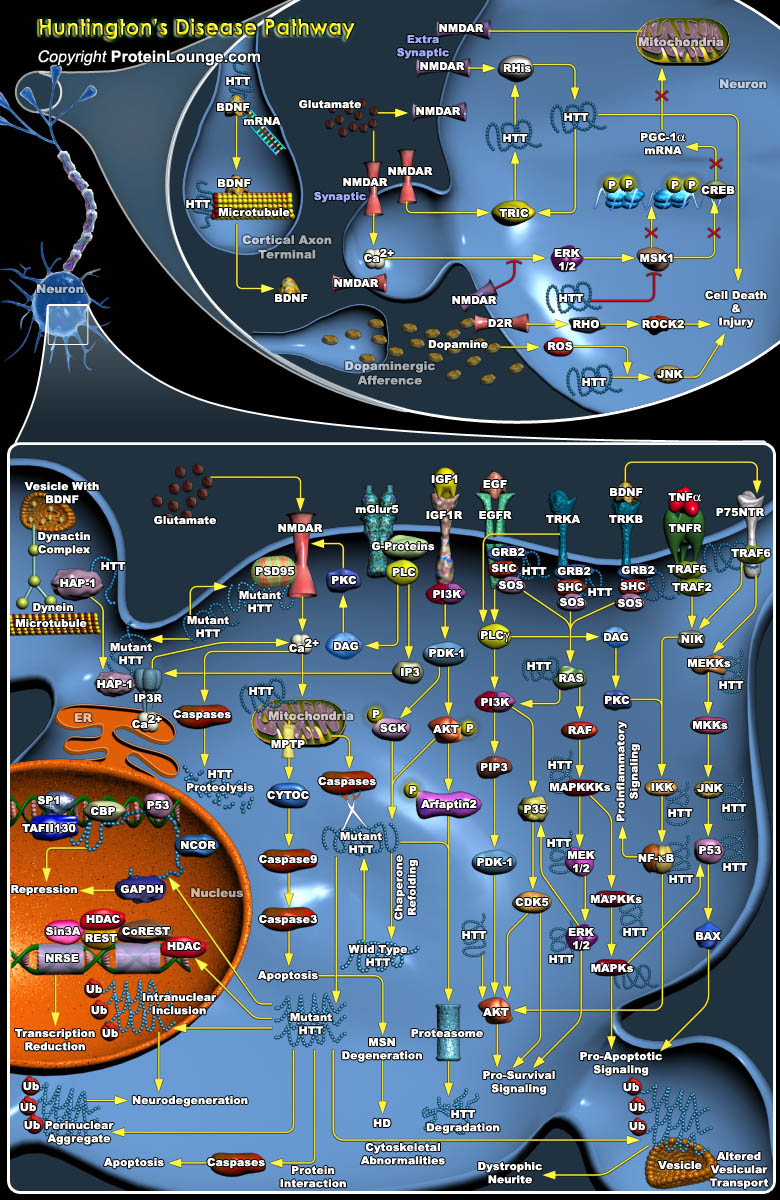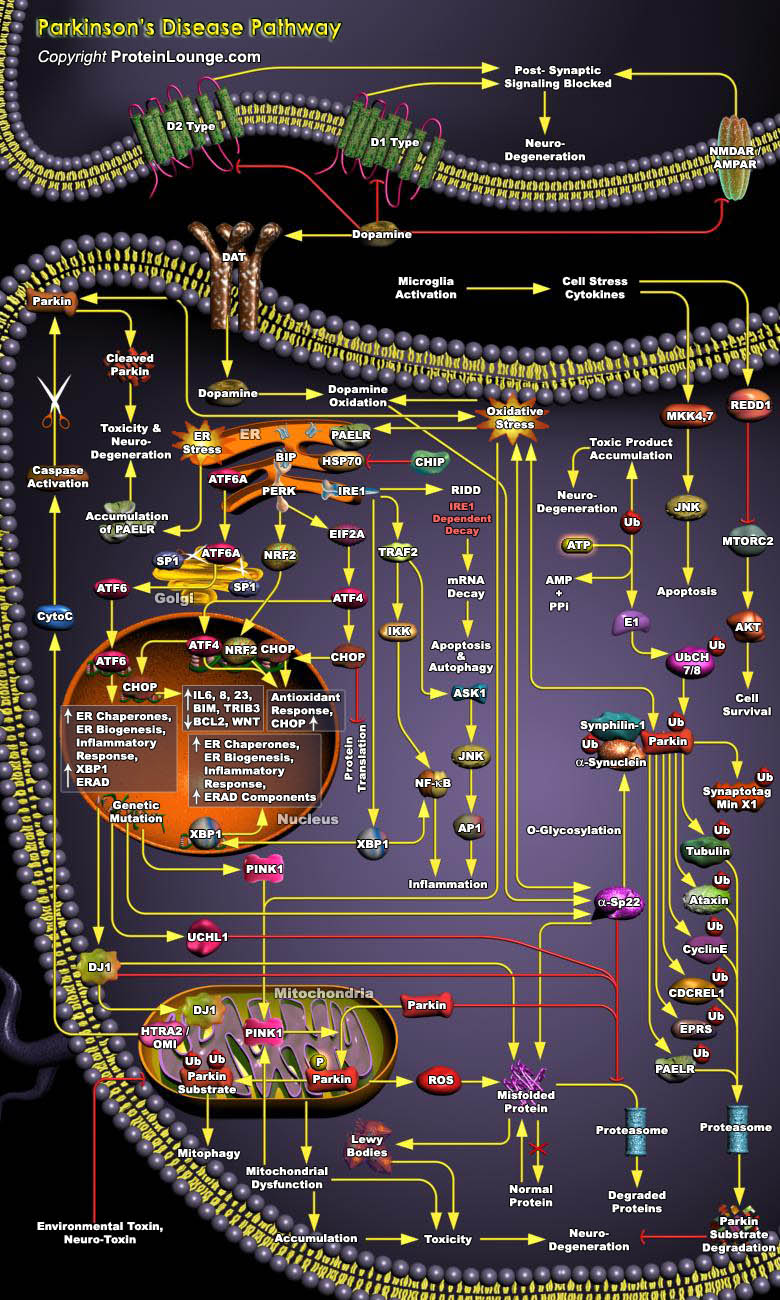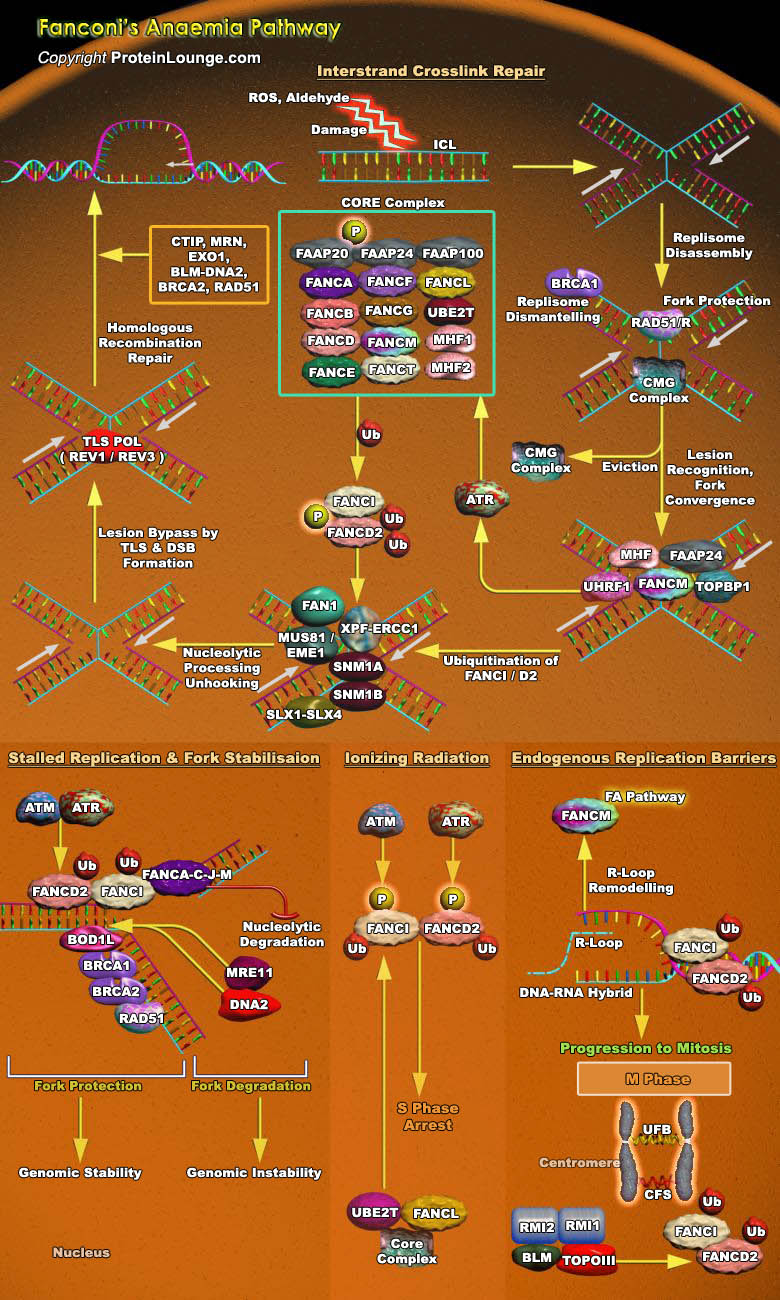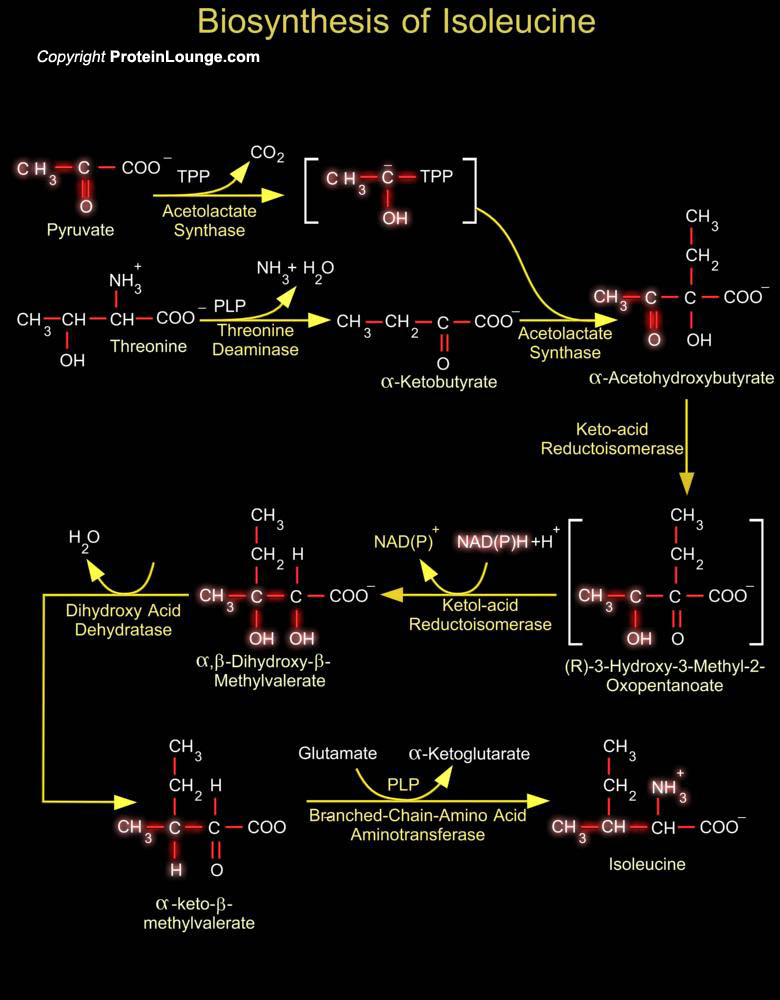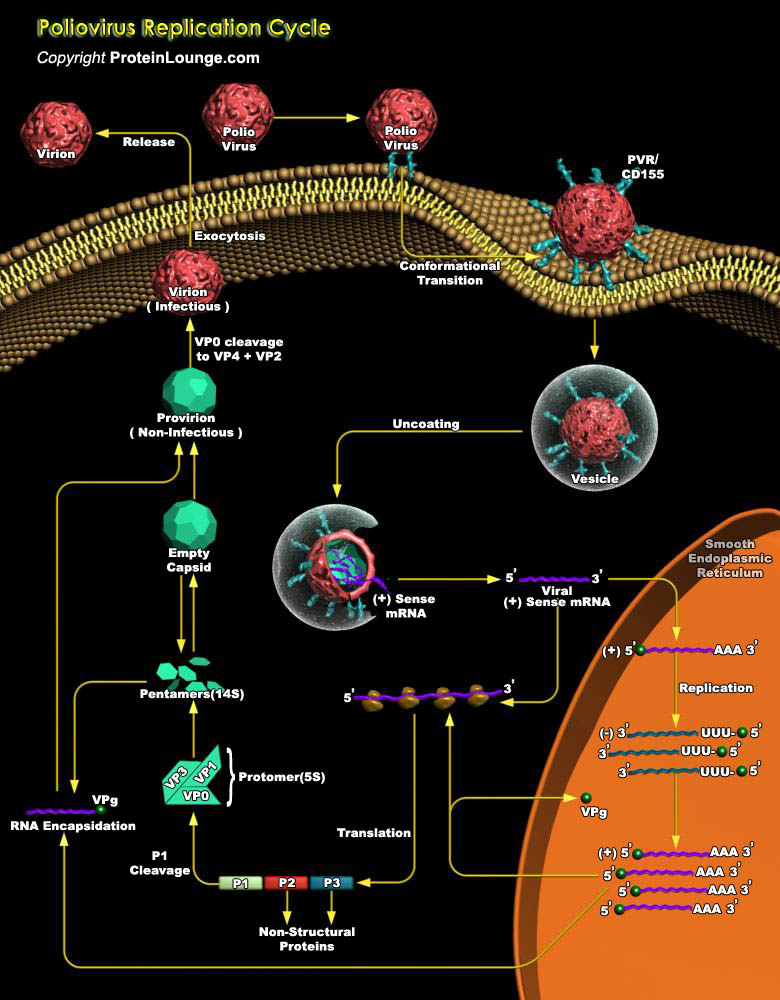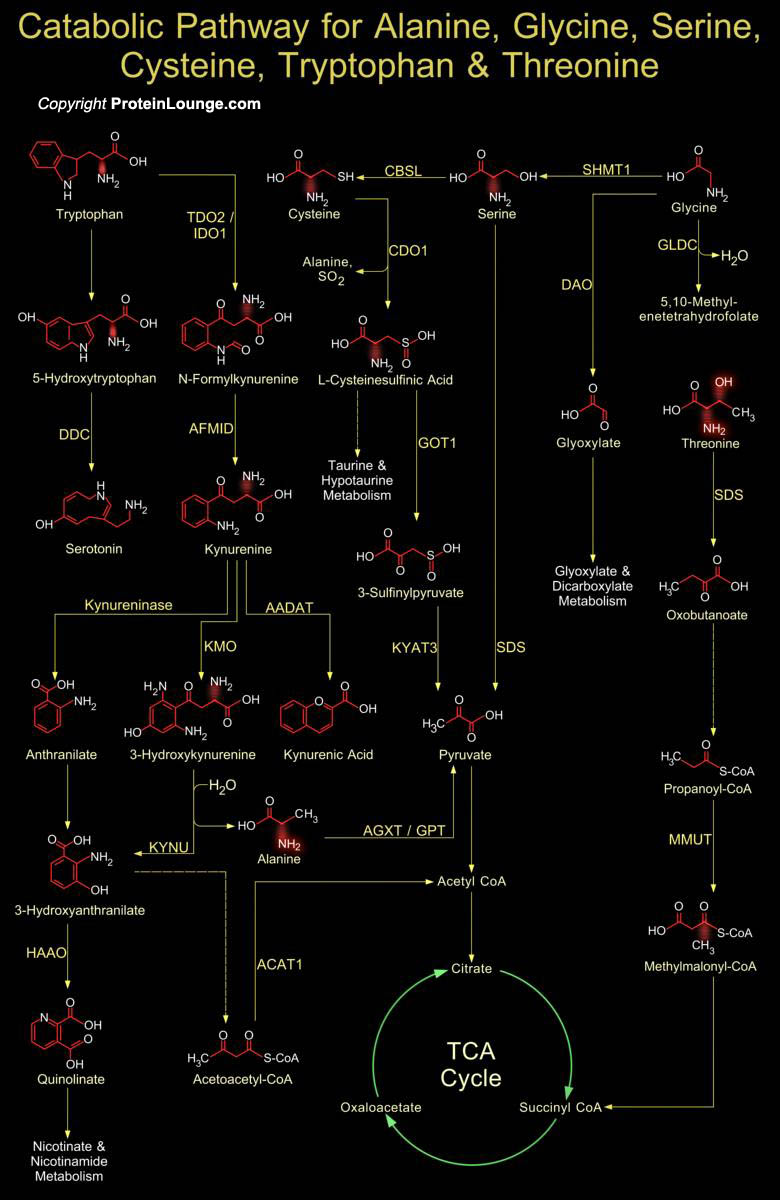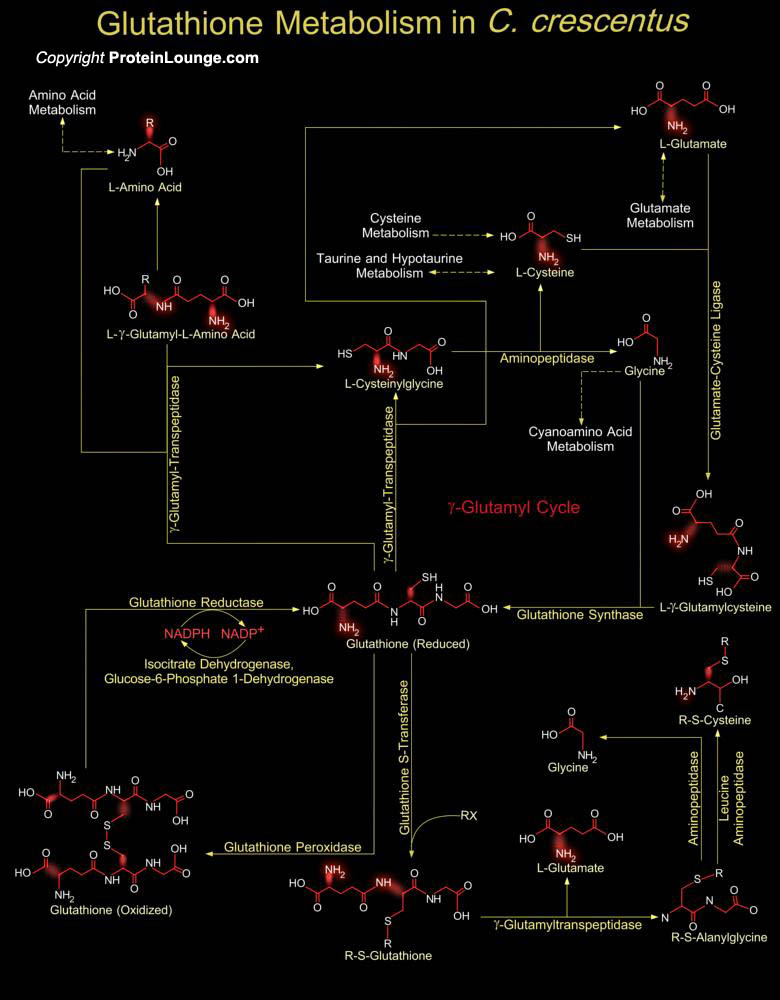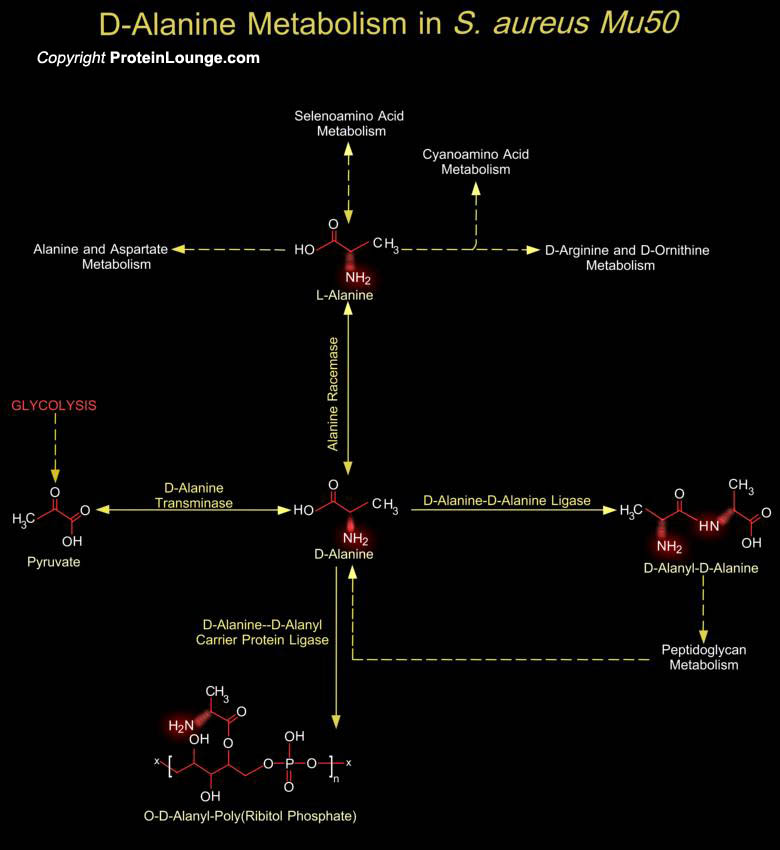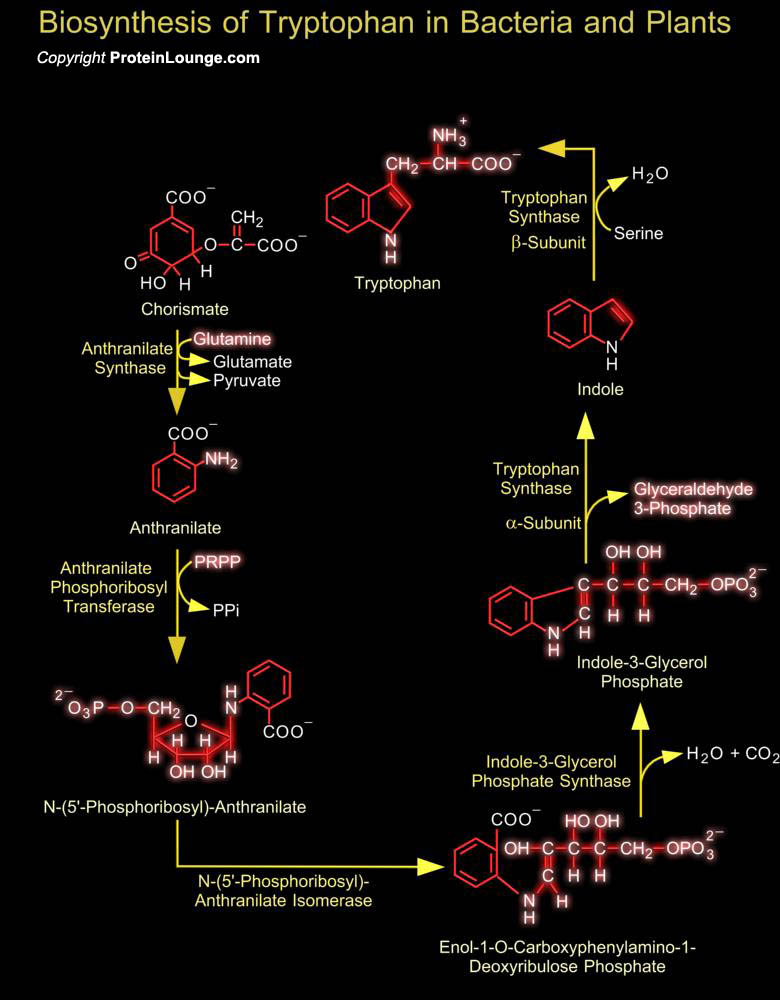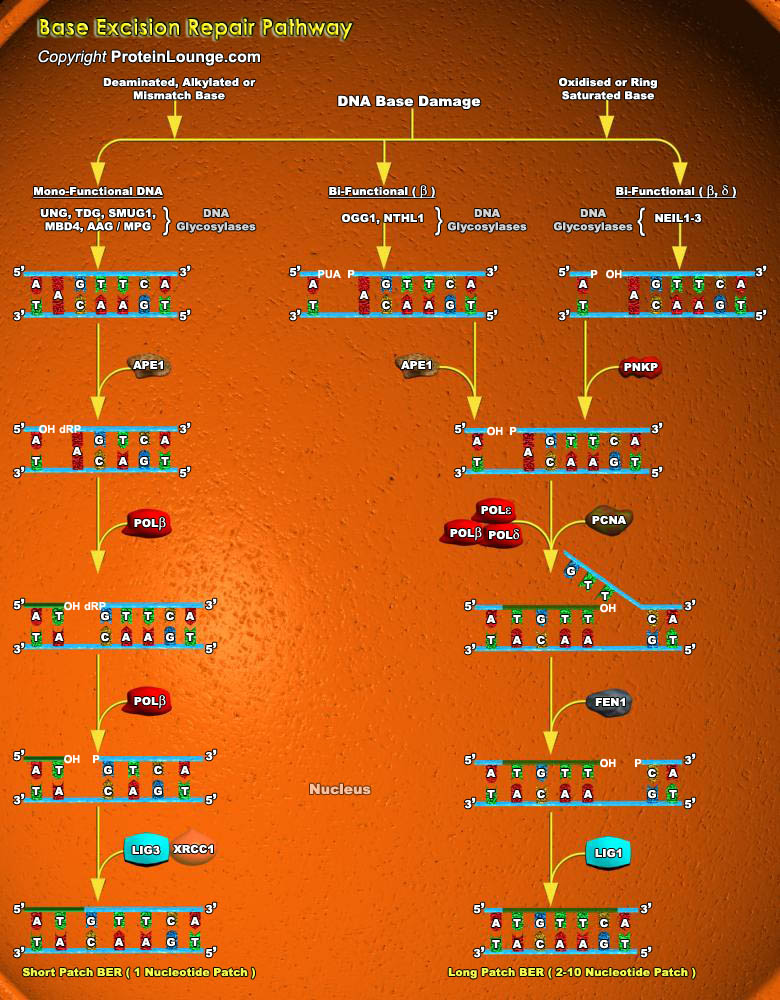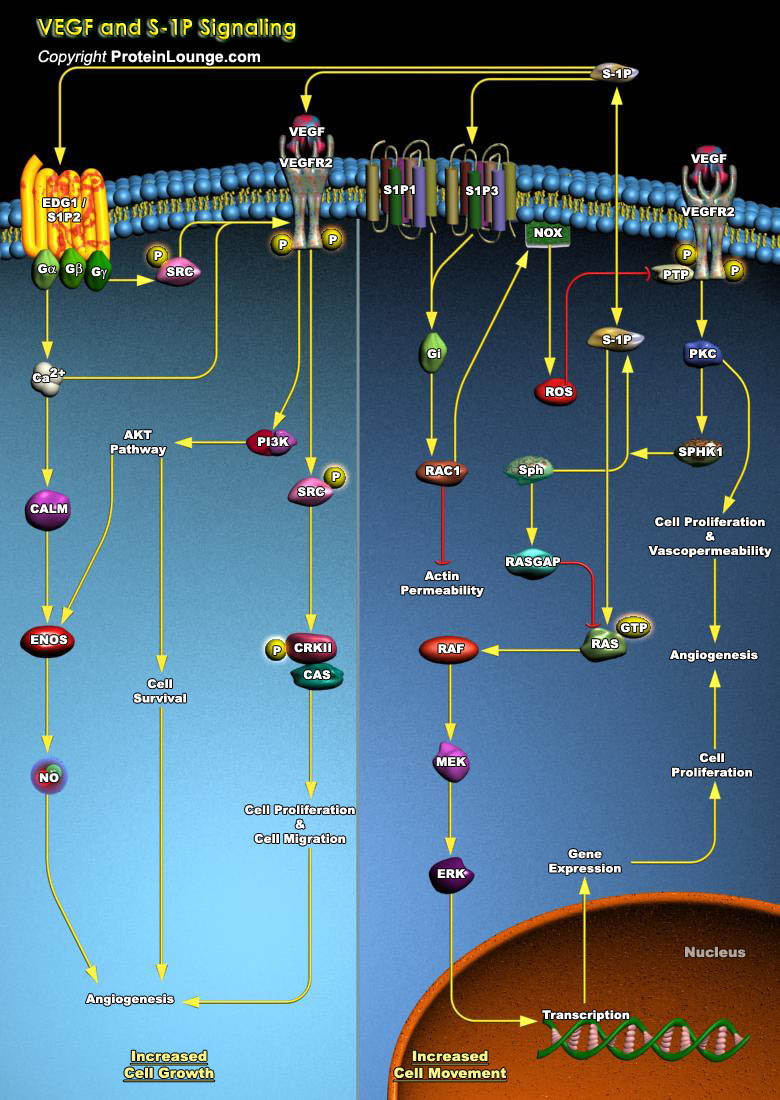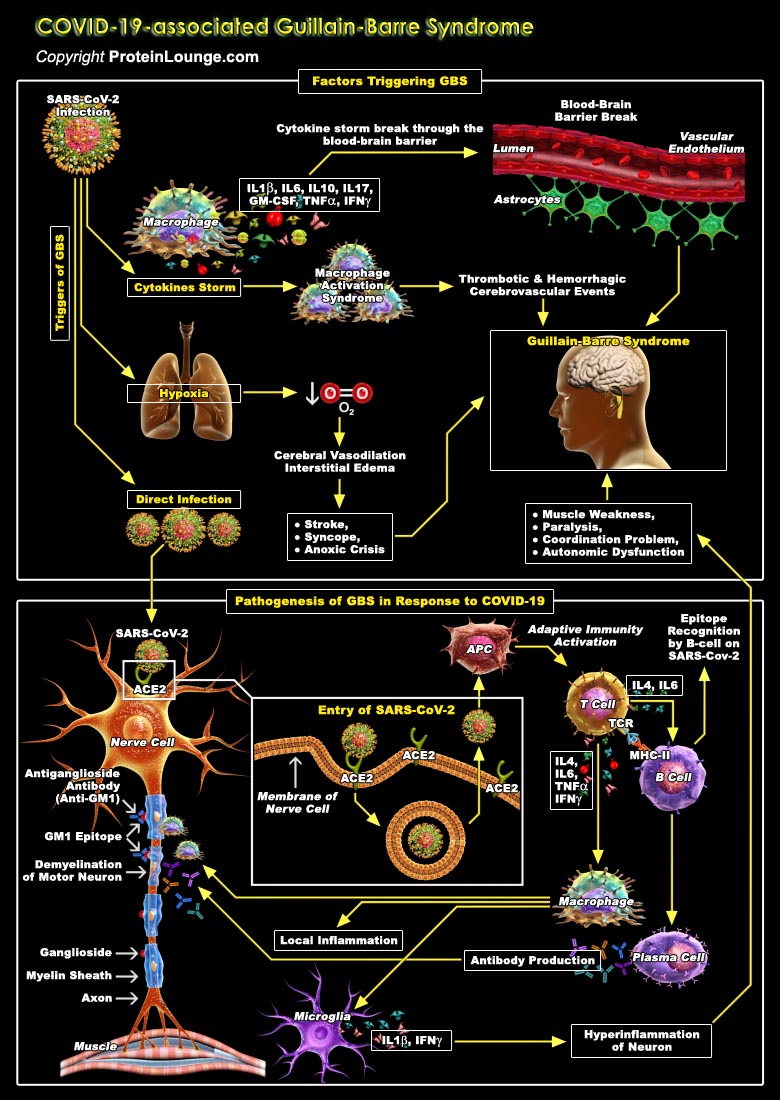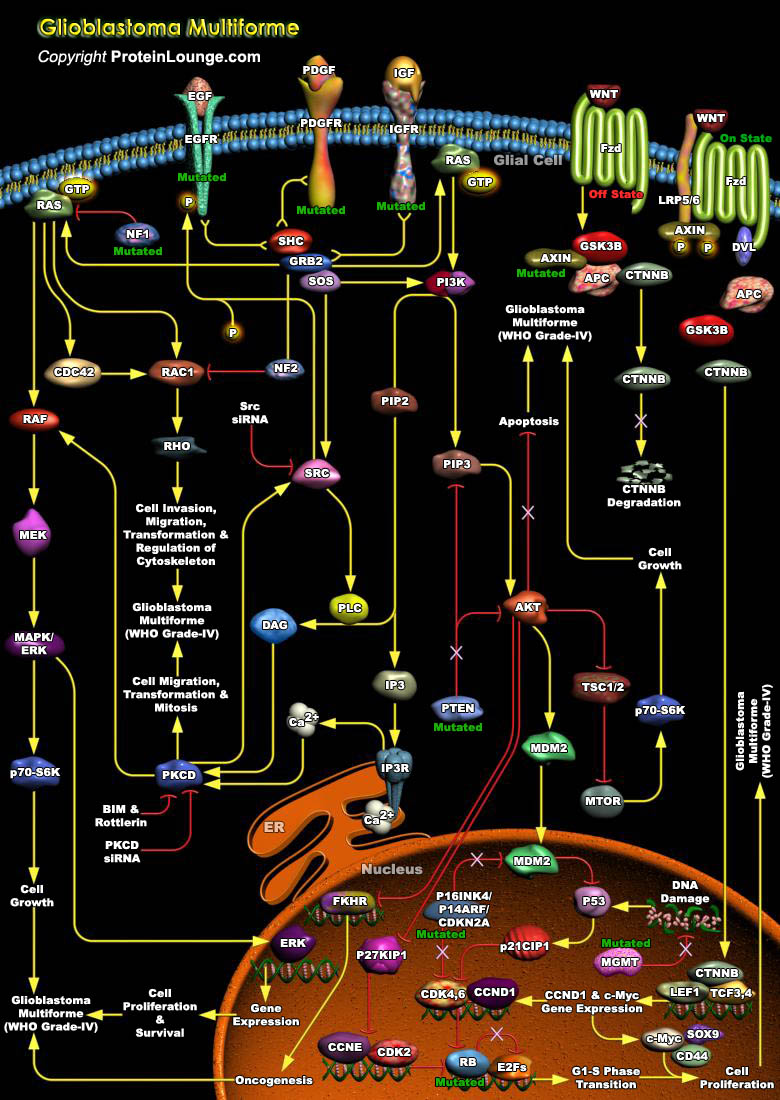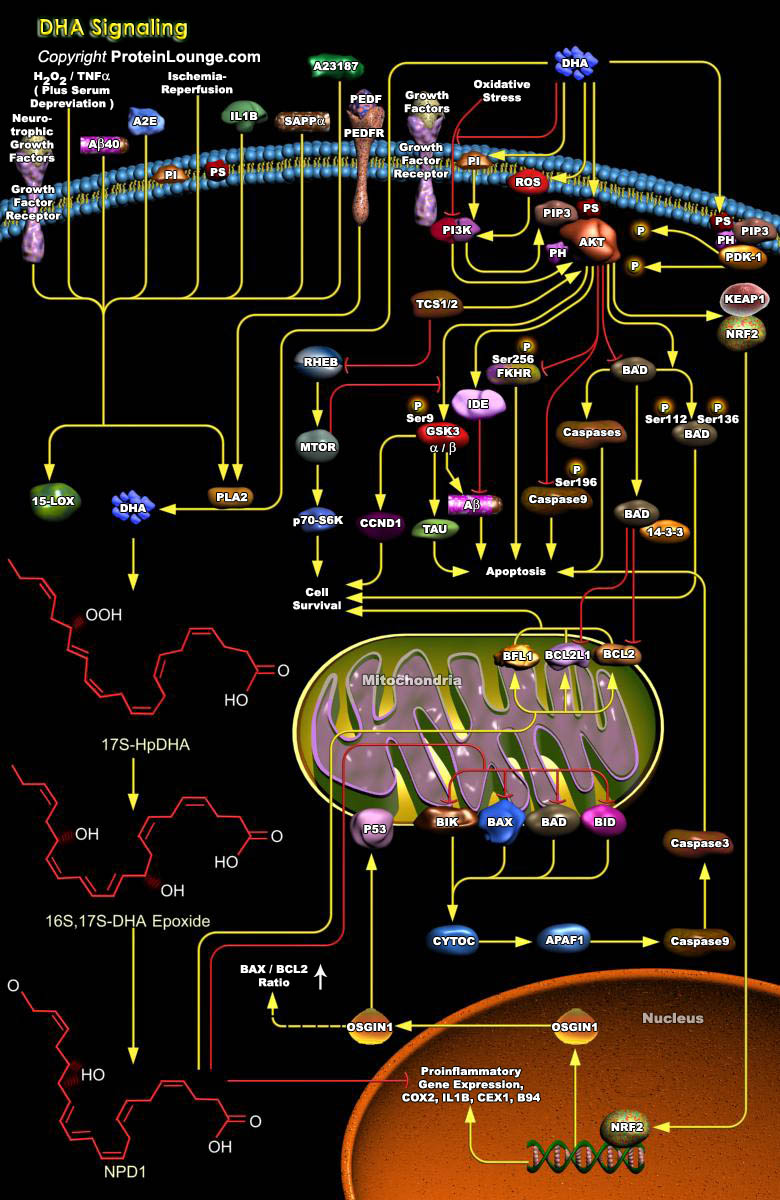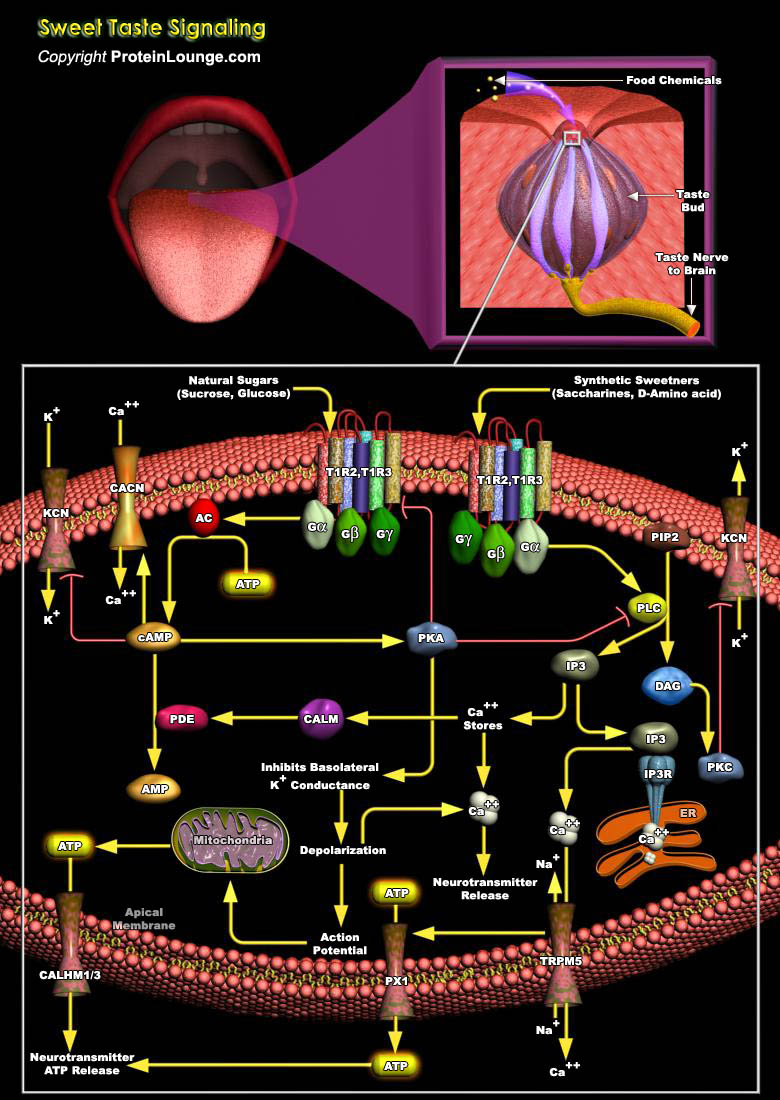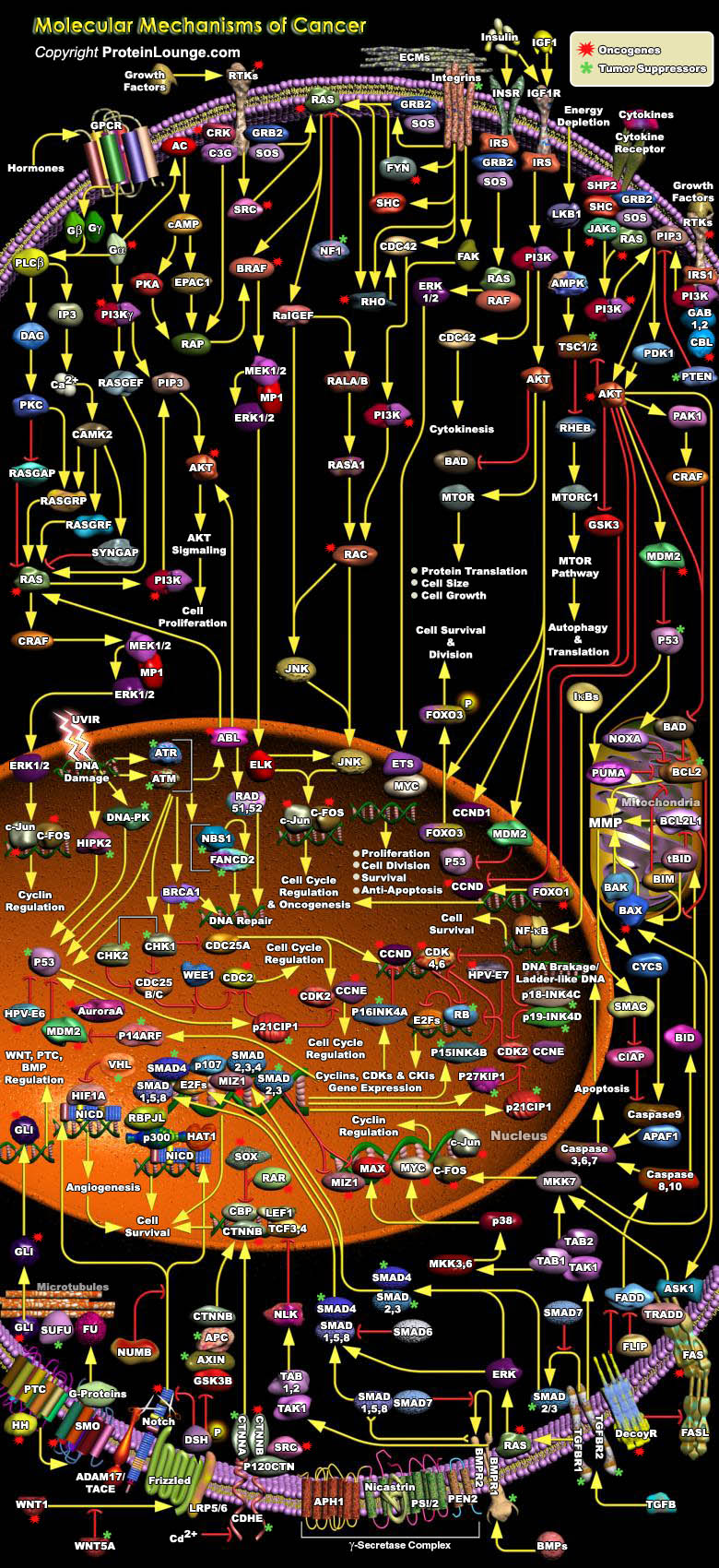Featured Pathways
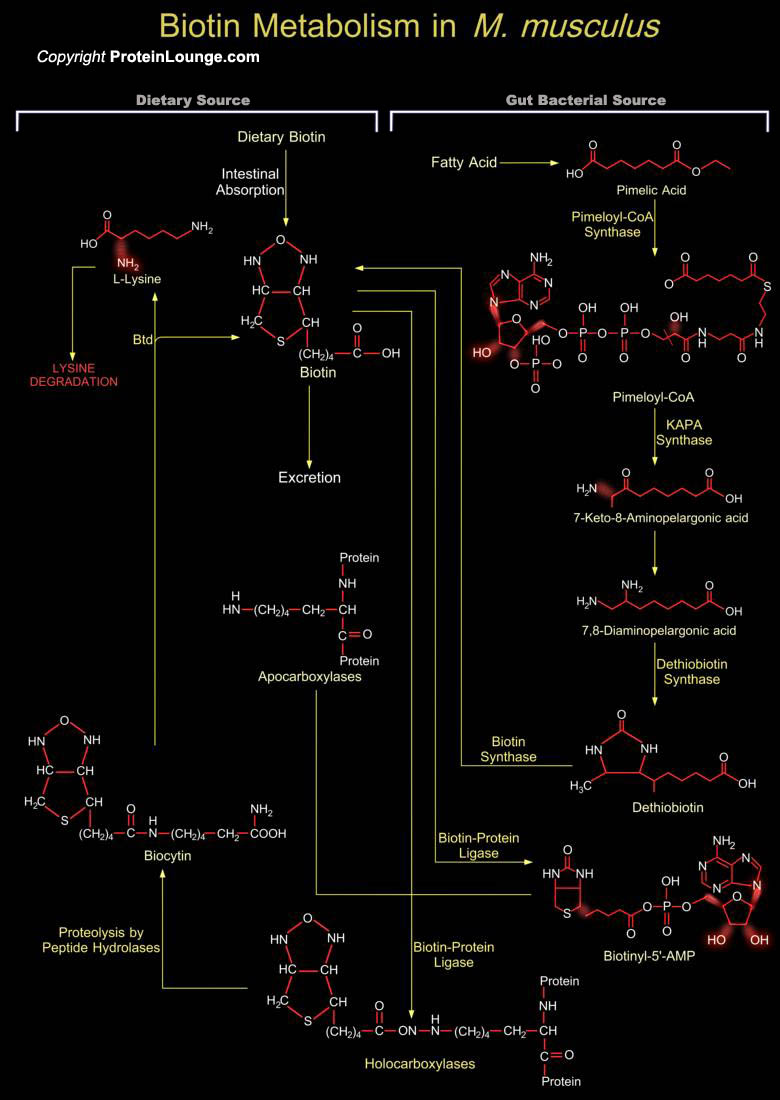
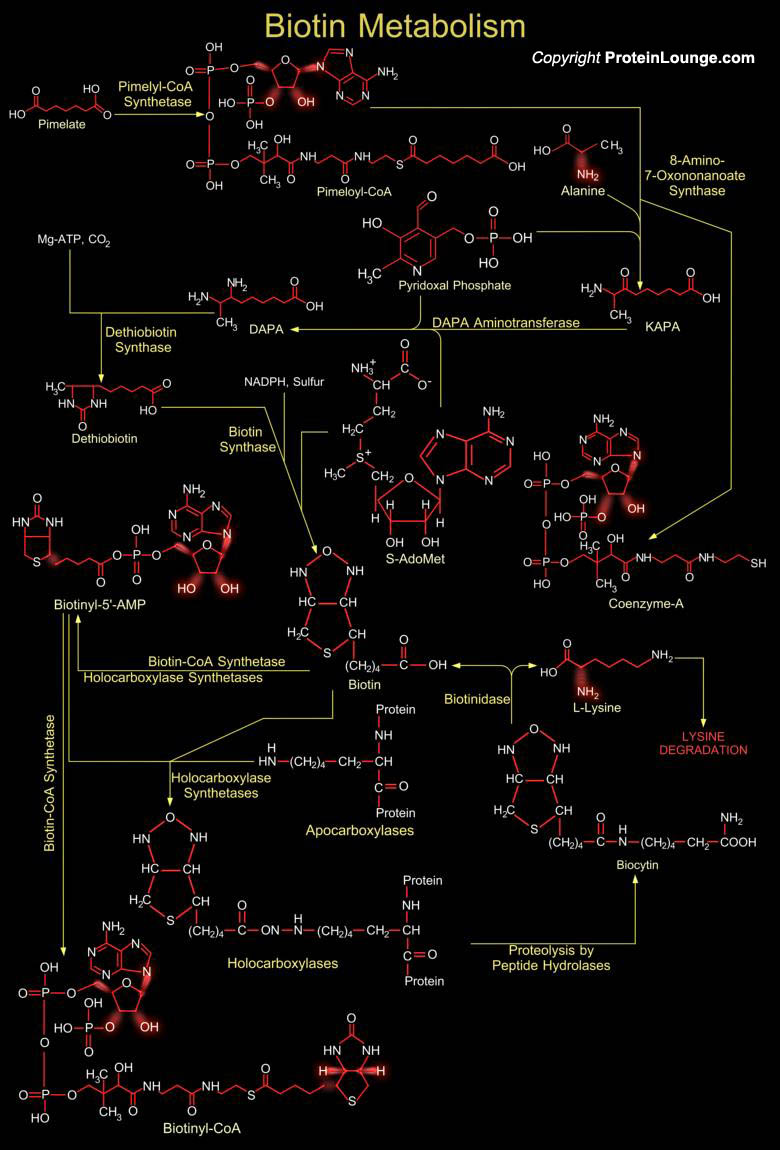
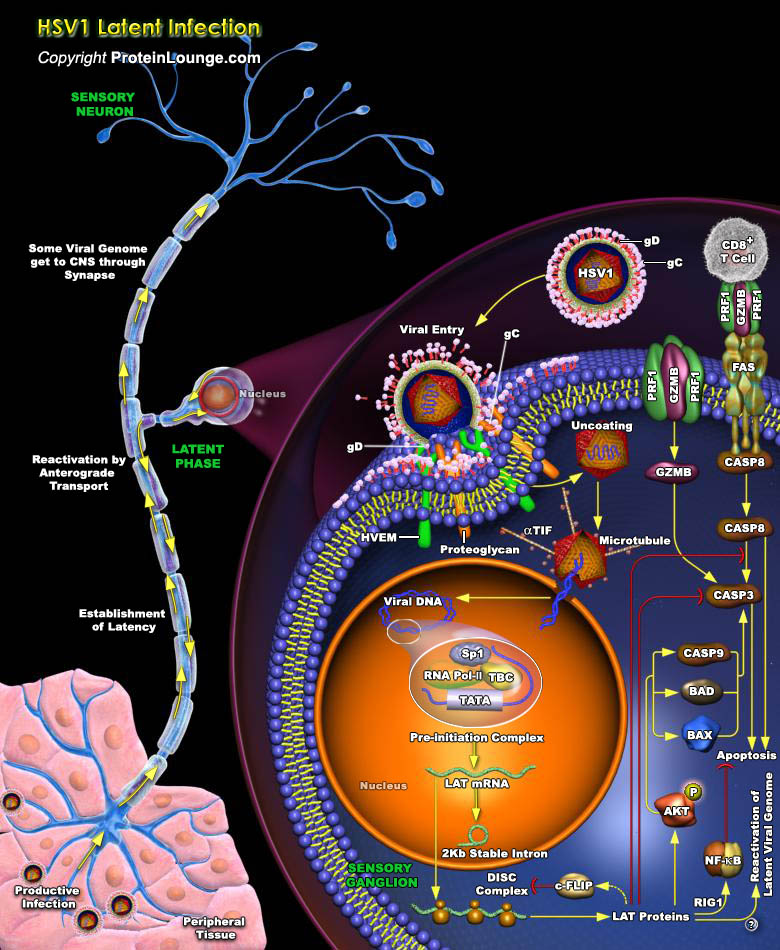
Herpesviridae is a large family of viruses including several members that are pathogenic to humans, causing a variety of disorders ranging from cold sores and chicken pox to less frequent conditions such as blindness and cancers. HSV1 (Herpes Simplex Virus Type-1), the prototypical member of this family, is a large DNA-containing neurotropic virus endemic in all human populations. Following[..]
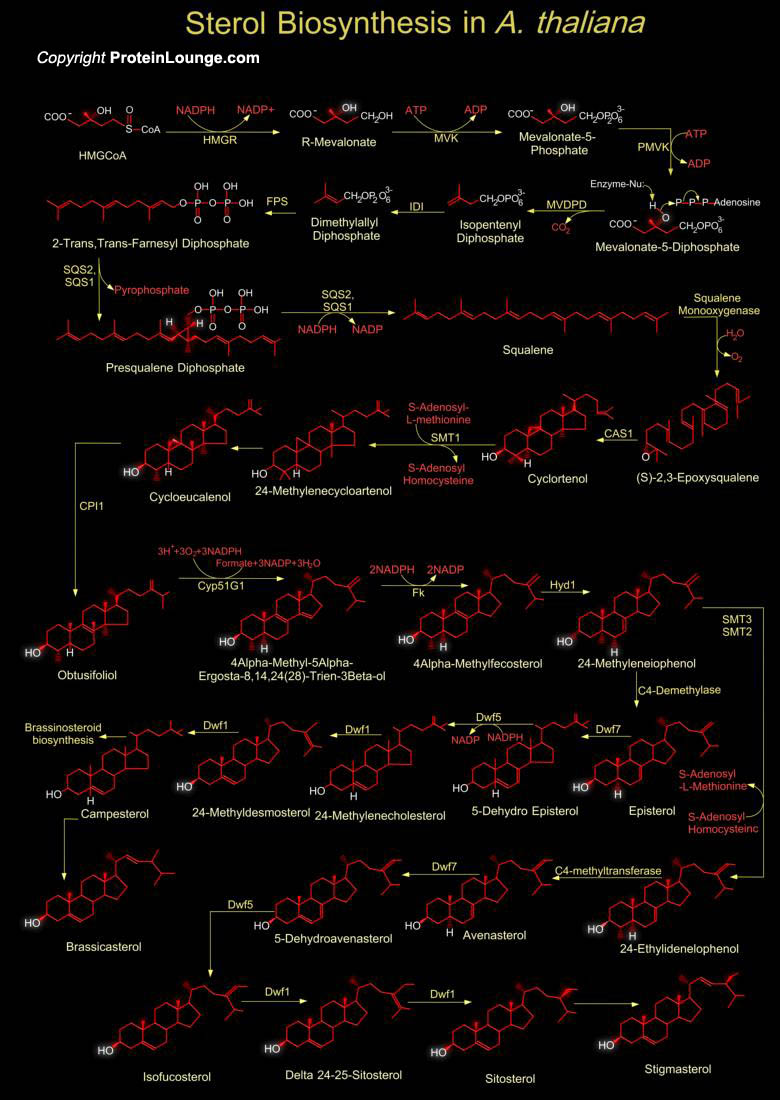
Sterols are a structurally conserved class of lipids that play multifaceted roles in Eukaryotes, serving as essential components of Cell membranes and precursors to Steroid hormones. Characterized by a –OH group on the C3 of the Steroid nucleus, Sterols represent the most abundant type of Steroids in Vertebrates as well as in Plants. In Vertebrates, Cholesterol is by far the major[..]
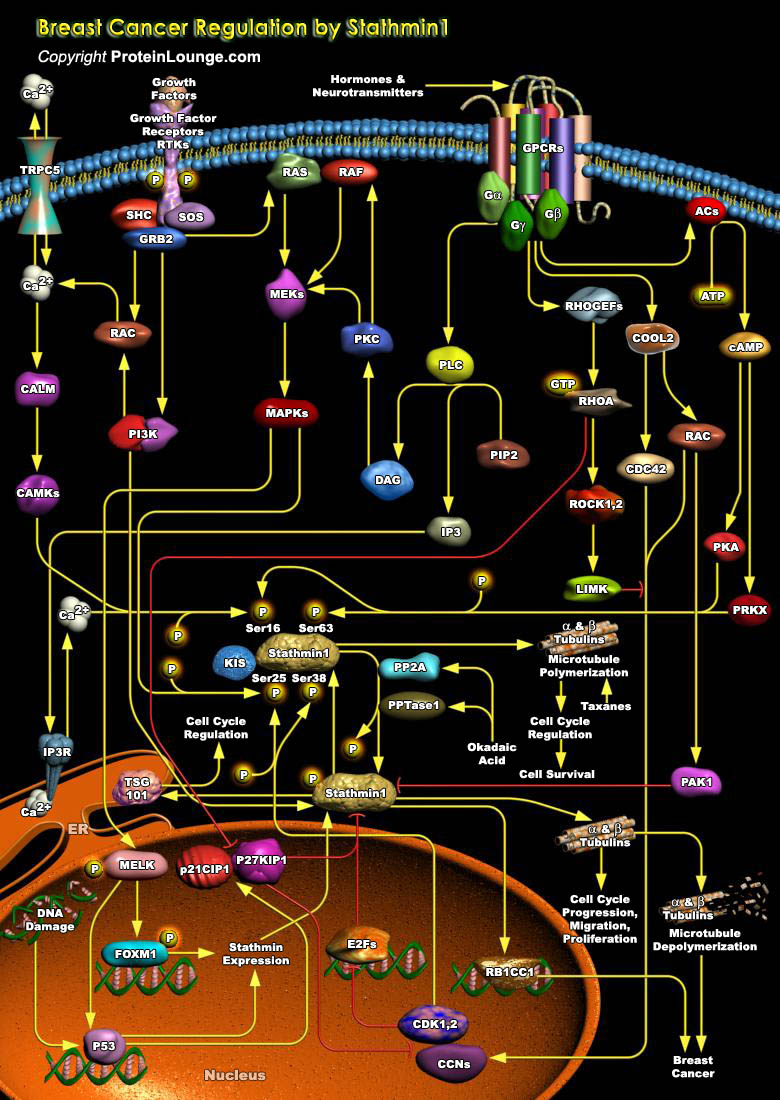
Stmn1 (Stathmin-1) also referred to as Op18 (Oncoprotein-18) is a major regulator of microtubule dynamics. It is an evolutionarily well conserved 17 kDa cytoplasmic phosphoprotein that is highly expressed in a wide variety of cancers and its high abundance seems to be necessary for the maintenance of the transformed phenotypes. Breast cancers exhibit high levels of Stmn1 and may be resistant[..]
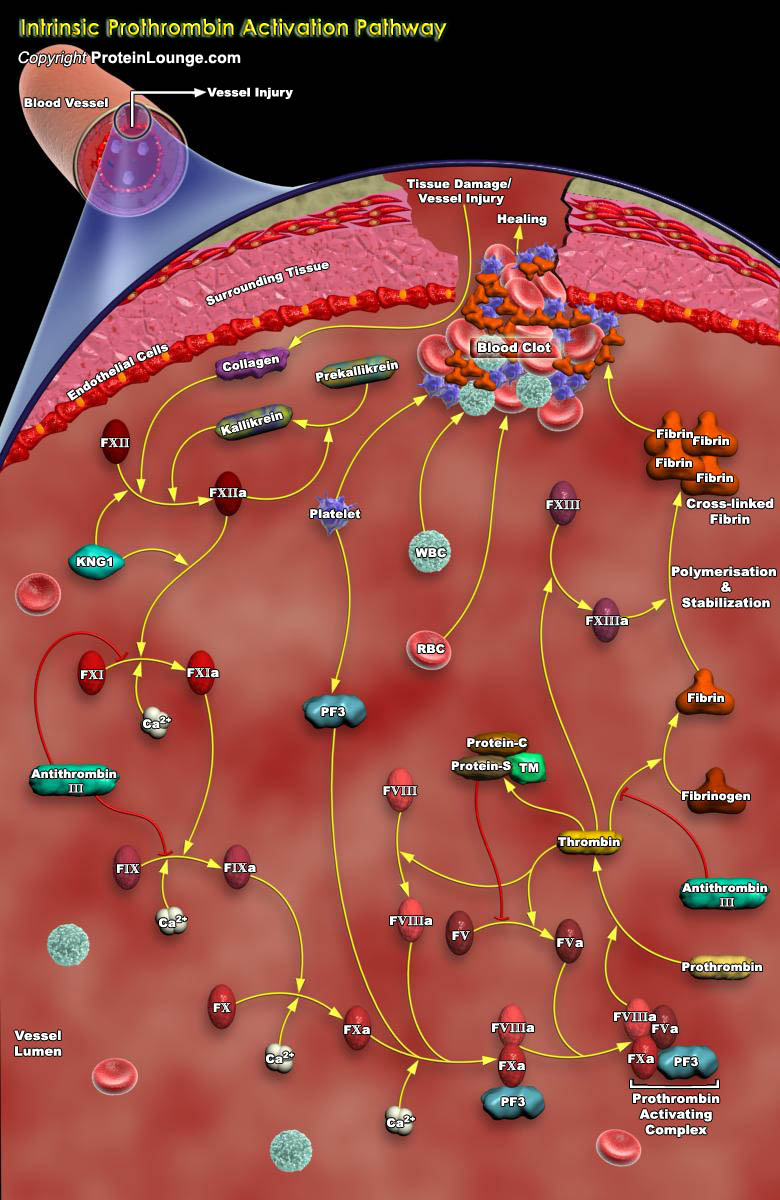
The process by which the body prevents blood loss is referred to as coagulation. Thrombin/TFIIa (Activated Factor-II) is a multifunctional serine proteinase, which serves as an essential component of the process of Blood Coagulation - the hemostatic process of greatest interest. When a blood vessel is injured, bleeding is stopped by clotting (Coagulation) factors that form a thrombus (clot)[..]
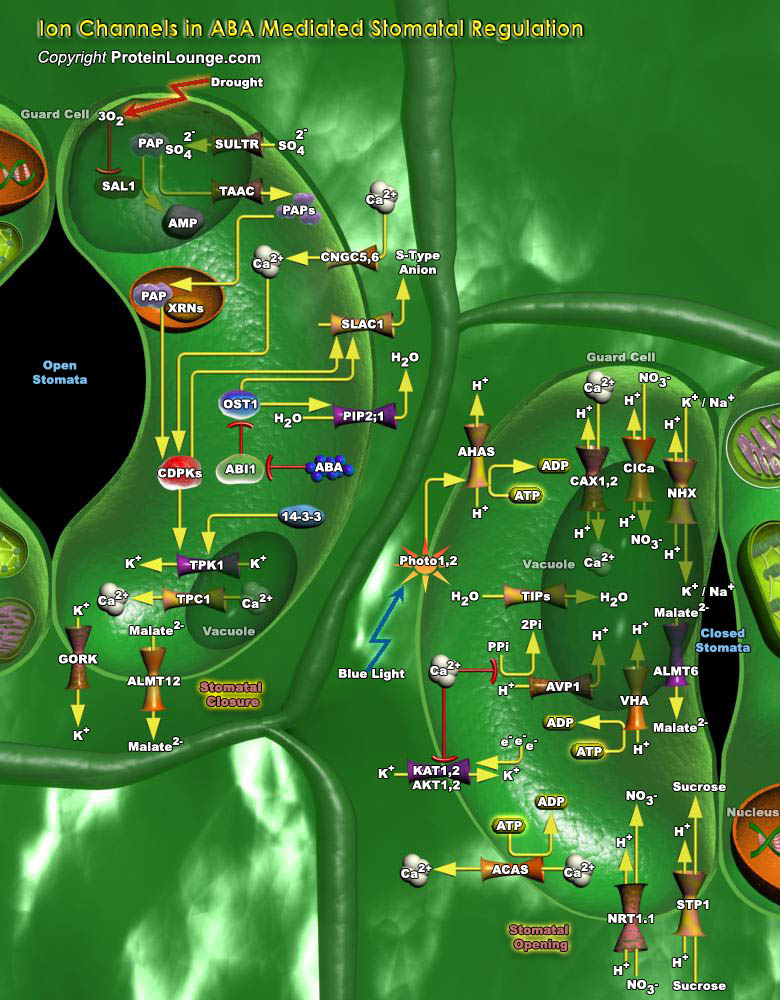
Plant growth and development are regulated by Internal Signals and by External Environmental Conditions. One important regulator that coordinates growth and development with responses to the environment is the Sesquiterpenoid hormone ABA (Abscisic Acid). ABA plays important roles in many cellular processes including Seed Development, Dormancy, Germination, Vegetative Growth, Leaf Senescence,[..]
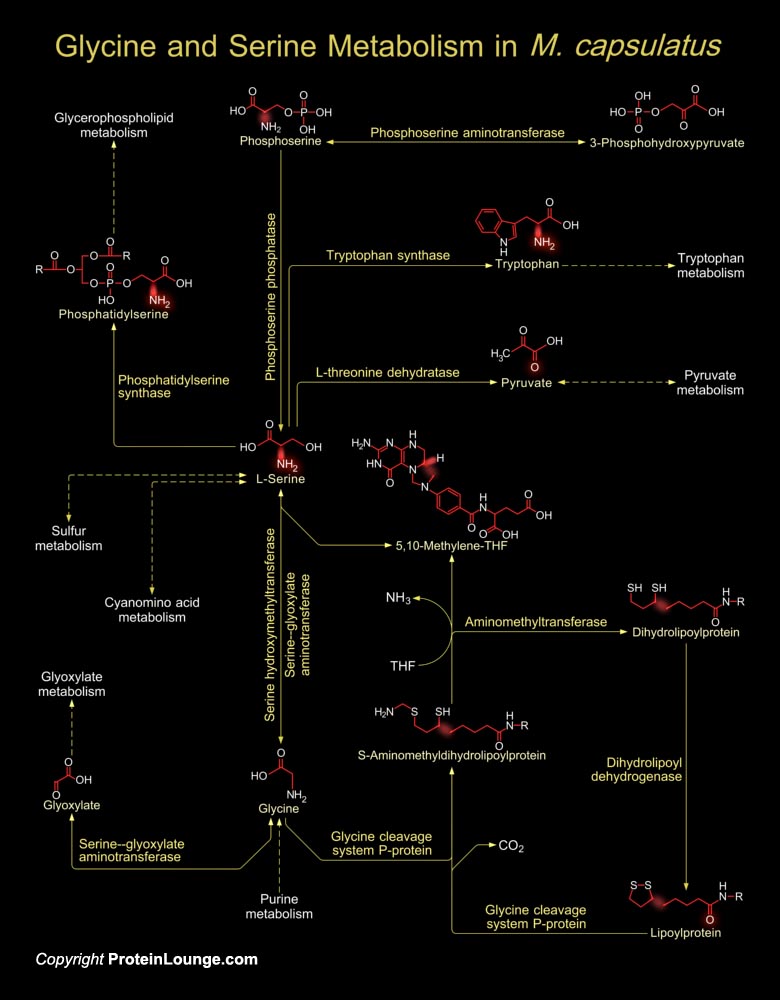
Methylococcus capsulatus is an obligate, Gram-negative methanotroph. It generally use the greenhouse gas Methane as a sole carbon and energy source for growth, thus playing major roles in global carbon cycles, and in particular, substantially reducing emissions of biologically generated Methane to the atmosphere. Methylococcus capsulatus is the first complete genome sequence[..]
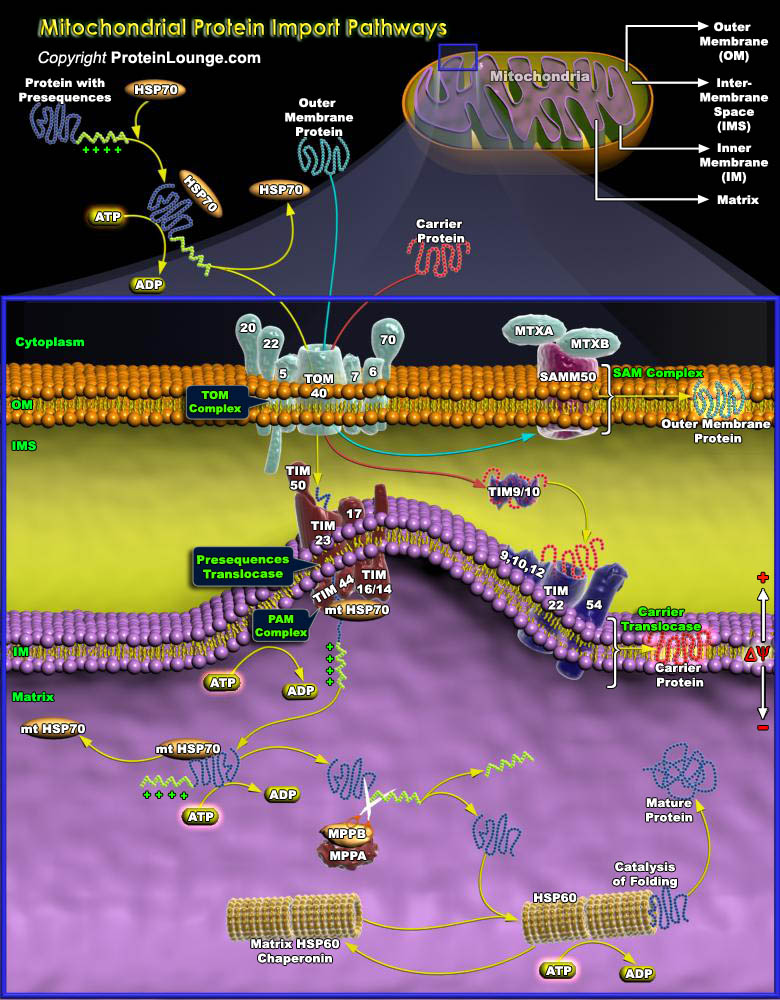
Eukaryotic cells are characterized by extensive subcellular compartmentation whose structural basis is the existence of a number of highly specialized membrane-bound organelles. Each of these organelles is equipped with a specific subset of proteins allowing them to fulfill specific tasks in cellular metabolism. Mitochondria are present in virtually all eukaryotic cells. Mitochondria are the[..]
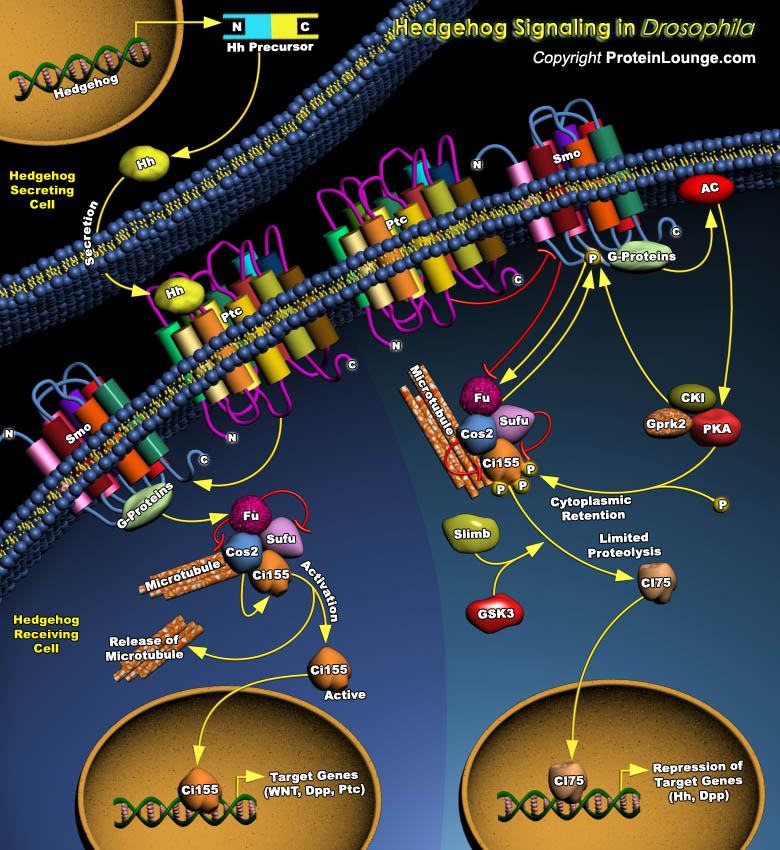
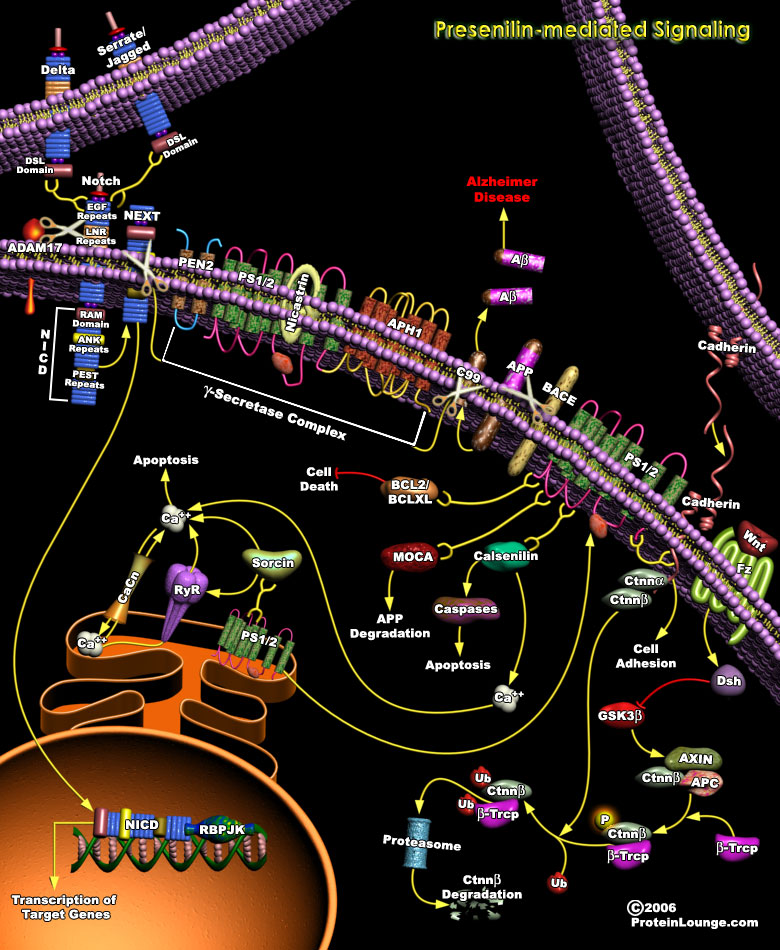
Presenilins are polytopic transmembrane proteins, mutations in which are associated with the occurrence of Early-onset familial Alzheimer's disease, a rare form of the disease that results from a single-gene mutation. The physiological functions of Presenilins are unknown, but they may be related to Developmental signaling, Apoptotic signal transduction, or processing of selected proteins,[..]
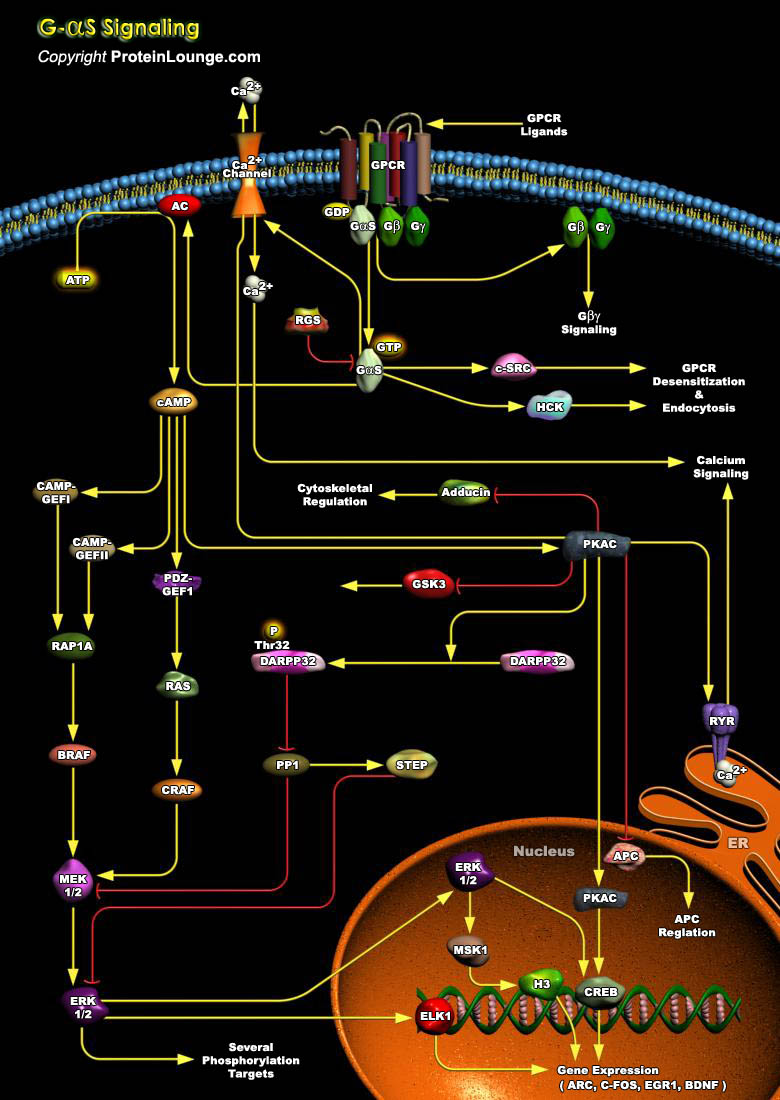
G-proteins are heterotrimers, consisting of Alpha, Beta and Gamma subunits, and are involved in signaling to distinct effectors. Heterotrimeric G-proteins convey extracellular signals that activate 7-transmembrane-spanning GPCRs (G-Protein-Coupled Receptors) to the inside of cells, communicating this information to effector proteins and thus initiating changes in cell behaviour. GPCRs[..]


